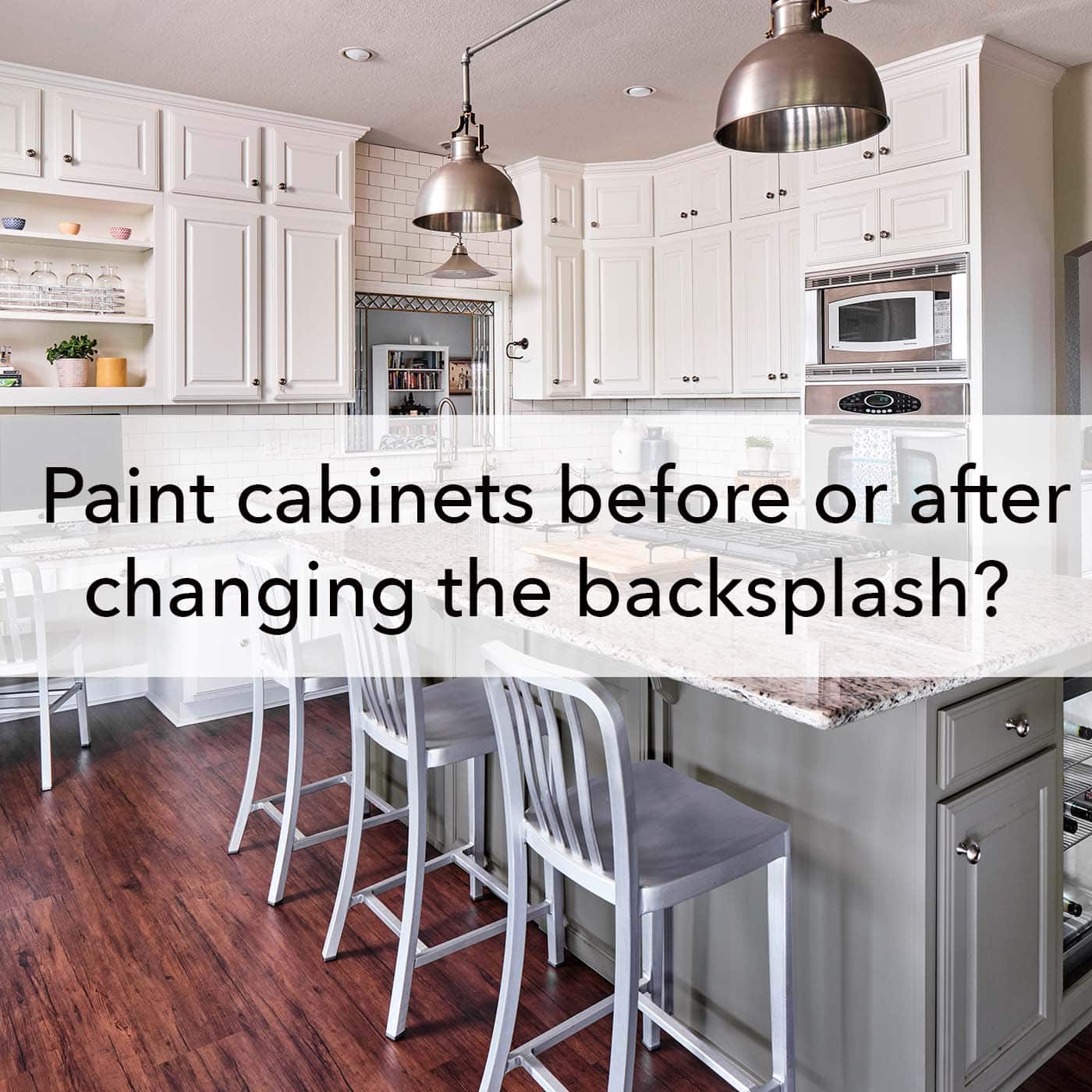How Removing An Old Finish From Wood - University Of Kentucky can Save You Time, Stress, and Money.
On the drawback, the process can generate a great deal of moisture and fill wood. Heat removing is like a tango between the hand holding the heating system and the one with the scraper. Hover the device over the surface area. When the paint bubbles, slowly move the heater along and attempt to establish a rhythm so that you're scraping and heating up in unison.
If you're going to use a chemical stripper, understand that anything that eats paint is harmful and that getting the job done without methylene chloride (see above) will be safer however slower. These wood stripping items contain less toxic, less toxic ingredients and remove both latex and oil paints. A paste with a frosting-like consistency that can be brushed, rolled, or sprayed on - Cabinet Painting 28270.
Benzyl alcohol One coat eliminates as much as 15 layers of paint. 3 to 24 hr Scrape off the paint, scrub off the residue with a damp nylon brush, and rinse with water. Cabinet Painters 28206. about $65 per gallon This paste works with a paper cover to control evaporation. Perfect for lead paint and masonry, but can stain furnishings woods.
How To Strip Paint The Quick And Easy Way! - I Restore Stuff Things To Know see it here Before You Buy


12 to 24 hr Remove the paper and scrub the surface with a wet brush; let dry completely, then use a neutralizing option. about $45 per 1 gallons This wood stripper is an orange gel, finest on furniture information and flat surface areas since it is thin. N-Methyl-2-pyrrolidone (NMP) A -inch coat eliminates as much as seven layers of paint.
about $20 per half gallon Years ago, if you required a fast-acting chemical paint stripper, you selected a product that consisted of a seriously toxic chemical called methylene chloride (likewise called dichloromethane, or DCM), cranked up the fan, and got the task done rapidly. Cabinet Painting 28227. Generally speaking, the much faster a chemical eats through paint and finish, the more toxic it is, and DCM is fastpaint starts to bubble in minutes.
Extended exposure to DCM, through the lungs or skin, has been linked to liver damage, cancer, and even death. The vapors can overwhelm air-purifying respirators, and just a couple of whiffs can leave you wheezing and woozy. Europe prohibited it for residential usage in 2010. While DCM-containing paint strippers are still commonly sold in the U.S., the Centers for Disease Control and Avoidance has tied the ingredient to 13 deaths in 10 states.
How Remove Paint From Furniture Without Chemicals (Step-by-step ... can Save You Time, Stress, and Money.


No paint-stripping venture is complete without a toolbox of scrapers to usher away softened paint. A 5-in-1 paint scraperalso known as the "painter's tool" since the curved edge can be used to clean up a paint rolleris the go-to tool for eliminating most kinds of paint. Metal pull scrapers included replaceable blade profiles to match the surface area you need to strip, offering more control than push scrapers in difficult situations or on great information.
After that, replace or resharpen the blades. "Keep a hand file nearby to rapidly restore the edge of a steel scraper," states TOH general contractor Tom Silva. "Brace the scraper against a flat surface, attempt to follow the initial bevel, and always file in the very same instructions." Carbide blades hold an edge a lot longer than steel, but resharpening requires a diamond stone and some ability.

When utilizing push scrapers, select plastic over metal, to avoid gouging; this is especially important with chemical strippers, which can soften wood. Nearly 90 percent of homes constructed prior to 1940 have some paint loaded with this harmful metal. Although its use went into steep decline after 1950, lead-based paint wasn't banned in the U.S.
The smart Trick of How To Paint Laminate Kitchen Cabinets + Tips For A Long ... That Nobody is Talking About
Here's how to discover it. Use an energy knife to make a V-shaped cut through all the layers of paint, then brush the groove with a LeadCheck swab. A brilliant red color suggests lead is present. Scrape a table-spoon of chips into a bag and send them to a laboratory for screening.
For a couple of hundred dollars, a certified lead inspector will conduct an X-ray fluorescence test to recognize the amount of lead present in all the painted surface areas in your house. Lead is nasty. Direct exposure can raise your blood pressure, stress your worried system, and harm your memory, among other threats. Cabinet Painting Contractors 28277.
If you want to get rid of lead-based paint yourself, in addition to the dress and prep steps (next), follow these precautions: Usage only heat or chemicals to avoid kicking up lead-laced chips and dust If you need to sand, use equipment fitted with a shroud and a HEPA vacuum accessory. Wet-sand removed surface areas to reduce dust.
How To Paint Your Kitchen Cabinets The Easy Way - Irish Realty - The Facts
Place particles in professional bags; seal with duct tape. Find more useful tips at www2.epa.gov/ lead. Skip canvas ground cloth in favor of 6-mil plastic sheeting, which will not trap fine grit or let chemicals permeate through. Extend the sheeting a minimum of 6 feet beyond the workspace and overlap and tape the edges.